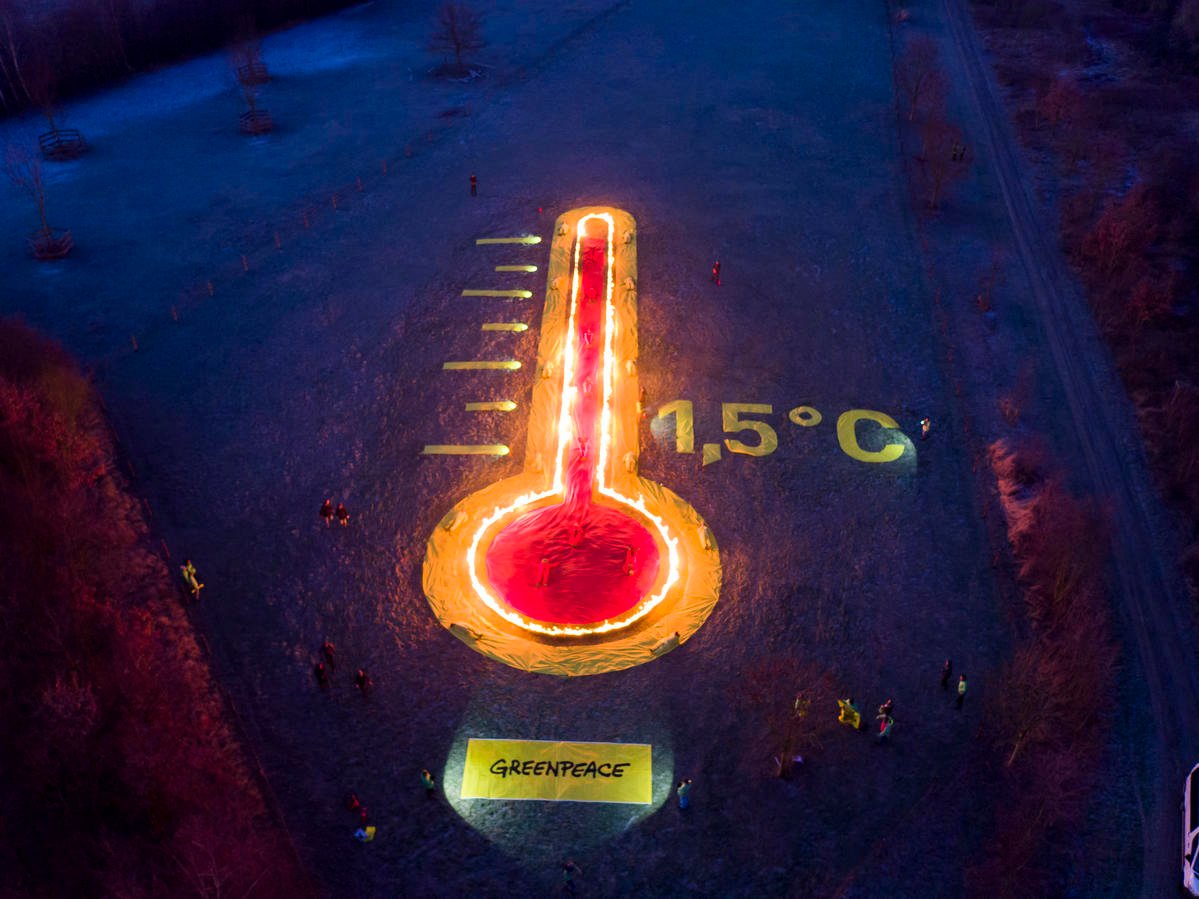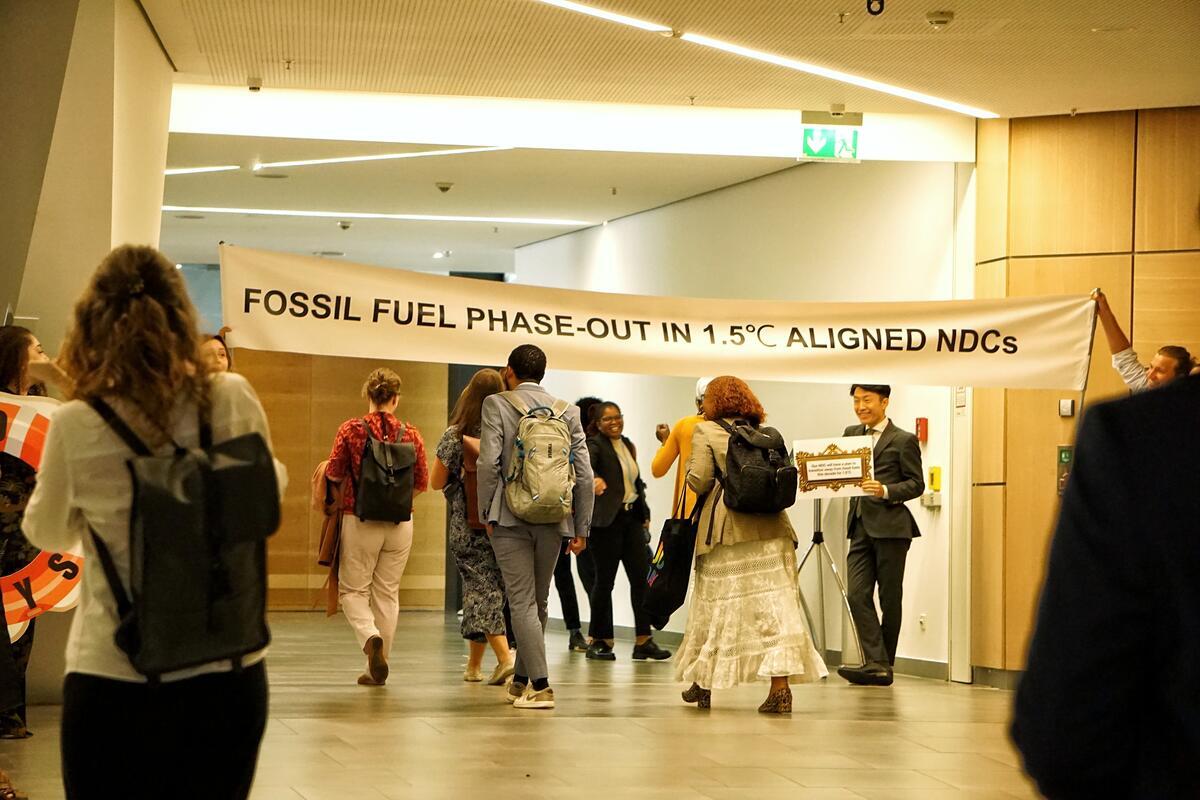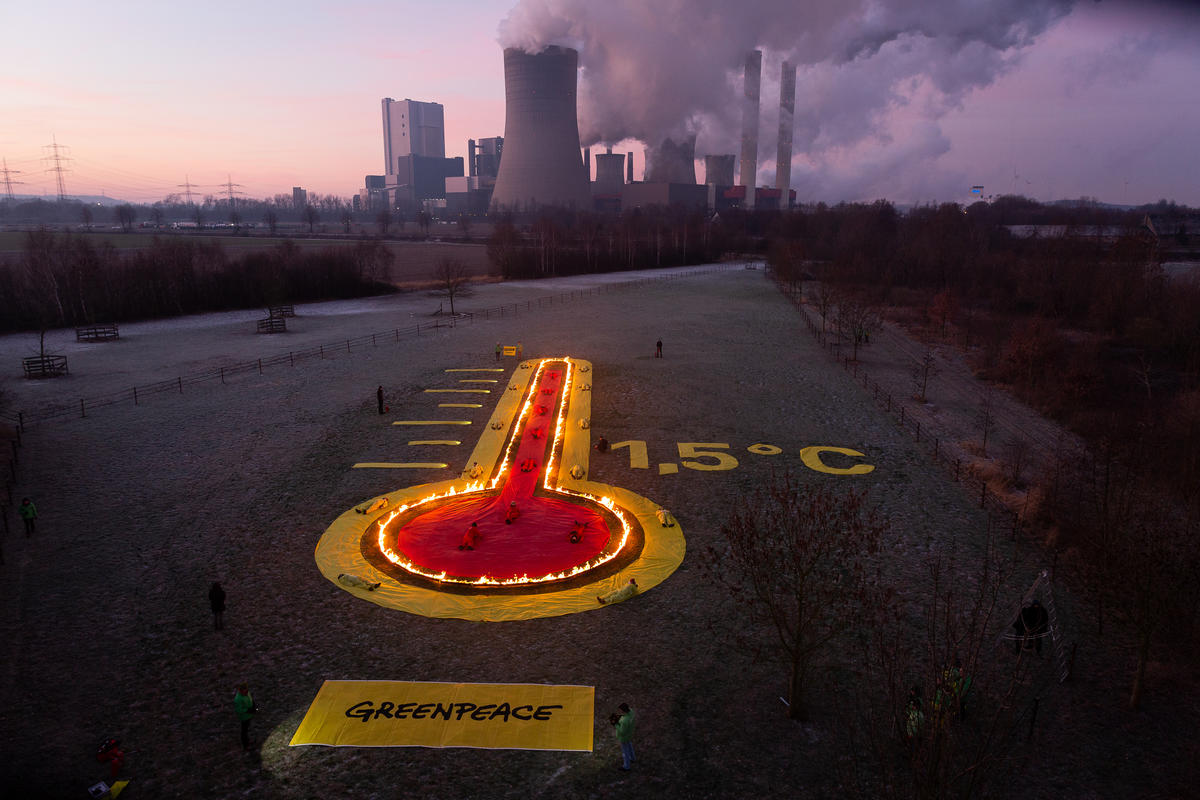There are moments in history that are critical turning points and 2025 could be one of those for the climate fight. This is a year when the Paris Agreement celebrates its 10th anniversary and when countries need to submit their 2035 climate action plan to the United Nations.
But what are these climate action plans, known in political terminology as Nationally Determined Contributions (NDCs), and why are they so important?
What are Nationally Determined Contributions?
Nationally Determined Contributions (NDCs) are at the heart of the Paris Agreement, the landmark climate accord reached in 2015. In the Paris Agreement, governments committed to limit global heating to well below 2°C and pursue efforts to restrict warming to 1.5°C.
Under the terms of the Paris Agreement, each country must outline and publicly communicate their climate action plans. These NDCs should detail the efforts by each country to reduce national greenhouse gas (GHG) emissions and adapt to the impacts of climate change.

How important are they?
Ultimately, NDCs and how governments implement them play a large role in whether the world will limit warming to the Paris goals.
Every new NDC that a country submits needs to show progress in terms of their ambition and action in comparison to their previous NDC. This is commonly known as the 'ratchet up' mechanism of the Paris Agreement, where ambition is repeatedly increased.
How often do these NDCs need to be produced?
NDCs are submitted every five years to the UNFCCC secretariat, the UN organisation tasked with supporting the global response to climate change. The UNFCCC stands for United Nations Framework Convention on Climate Change.
The Convention has universal membership. There are currently 198 Parties to the Convention, which is seen as the parent treaty of the 2015 Paris Agreement.
When were the first NDCs produced?
The first generation of interim 2030 NDCs were developed and produced as part of the initial adoption of the Paris Agreement in 2015, and later confirmed in 2020/2021.
So the next round of 2035 NDCs is due this year?
Yes! The deadline for 2035 NDCs is this year, or more specifically on February 10.
These new NDCs, known by some as NDCs 3.0, will take into account the Global Stocktake, from 2023, which evaluated global progress on achieving the goals of the Paris Agreement.
Will countries meet that deadline?
At the moment, only a handful of countries have lodged their 2035 NDCs with the UN and many of the world's biggest economies and polluters are expected to miss the deadline.
You can keep track of who has lodged a 2035 NDC at the UNFCCC registry.

What needs to be in this round of NDCs?
The UN's Intergovernmental Panel on Climate Change (IPCC) – which provides regular scientific assessments on climate change – has said to limit global warming to 1.5°C, GHG emissions must be cut by 60% by 2035 compared to 2019 (and 43% by 2030).
Are NDCs working to slow climate change?
While we're seeing gradual improvement through an increasing level of ambition in NDCs, the progress is still far too slow. The UN's annual analysis of NDCs last year showed there's still a long way to go in terms of GHG emissions cuts and that governments need to lift their efforts.
That analysis showed global emissions in 2025 are expected to be 54% higher than in 1990 and in 2030 they will be 50% higher than in 1990.
So, it's vital that 2035 NDCs are much more ambitious because record heat, storms and wildfires are proof that the climate crisis will not wait as nations delay their action plans.
What temperature increase are we currently heading towards?
The UN's NDCs report showed there's a big gap between expected 2030 emissions and a 1.5°C pathway, and that temperatures could rise 2.1-2.8°C by 2100 if greater action is not taken.
Ok, that's bad. Can we still limit warming to 1.5°C?
Yes, but we need to massively accelerate efforts to reduce GHG emissions. The good news is that last year's UNEP Emissions Gap Report 2024 – which assesses the gap between current climate action policies and what's needed – said the 1.5°C was still technically possible.
The UNEP added that there's real promise in wind, solar and forests for sweeping and fast emissions cuts, but that strong NDCs need to be submitted and backed up with governments using all of its branches to fight climate change.
The 1.5C target is the shining light of the Paris Agreement and every fraction of a degree matters. It's time to act! The longer we take to end the burning of coal, oil and gas, the worse our climate extremes will be. Every 0.1C we can avoid is worth fighting for.

When will we know the outcome of 2035 NDCs?
The UN will publish an analysis ahead of this year's climate summit (COP30) in Belem, Brazil in November. The analysis will make an assessment of 2035 NDCs and the trajectory the world will be on.
What can you do about it?
Use your social media platform of choice to call on your national government, your local official or member of government to ensure they produce a robust and ambitious NDC.
Hold them to account. Make noise. Let them know the people want change, that we want a safe climate and that the moment is now!
Aaron Gray-Block is Climate Political Communications Specialist at Greenpeace International.






